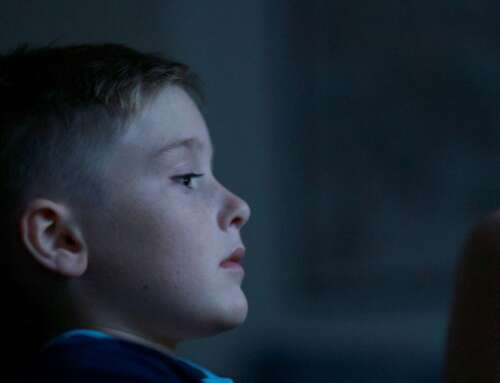About six months ago, I was walking home from St Leonards train station in North Sydney along the Pacific Highway after a party and a car pulled up beside me.
It followed me along the kerb, and a man leaned out the window and told me to get inside, first quite piningly and then very aggressively.
I sprinted away before calling my parents, all the while fearing that he might force me into his car. It felt like an unforgettably life-or-death situation, but it’s nothing I’m not already used to.
I’m 16 and I’ve been dealing with sexual harassment on the streets of Sydney for most of my teenage life. In fact, I have felt unsafe and physically threatened in public spaces since I was about 11.
As a schoolgirl, I was on the train home in the early afternoon, chatting with my friends, all of us in uniform. We noticed an older man at the end of the carriage staring at us, and when my friend came down from the upper level of the carriage to meet us she saw that he was exposing himself and masturbating.
It is an unfortunate truth that nearly every young woman has experienced street harassment. Whether it’s hollering, being followed, brushed up against on public transport, or even told to get in a car, women are routinely made to feel unsafe in public spaces.
Data from Plan International’s Sexism in the City report, a survey of 500 young women in Sydney released today, suggests such experiences are standard for girls and young women in our city.
Street harassment normalised
According to the report, street harassment most commonly begins between 11 and 15.
More than 80 per cent of respondents say they have experienced cat-calling on the streets, 30 per cent have had their path blocked or been touched inappropriately, and a shocking 55 per cent described menacing behaviour by male perpetrators.
– Lauren Lancaster
Read more: Survey Reveals Girls as Young as 11 Catcalled and Followed
Image by Morgan Basham from Unsplash







Leave A Comment